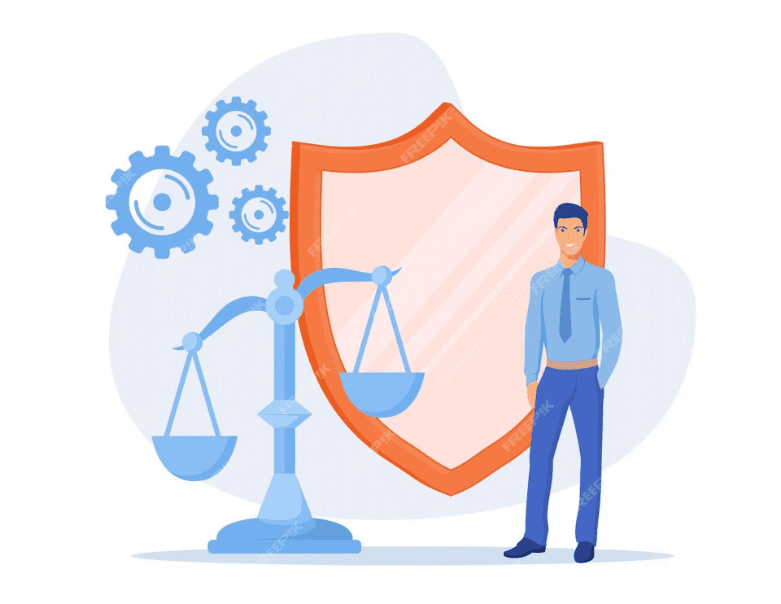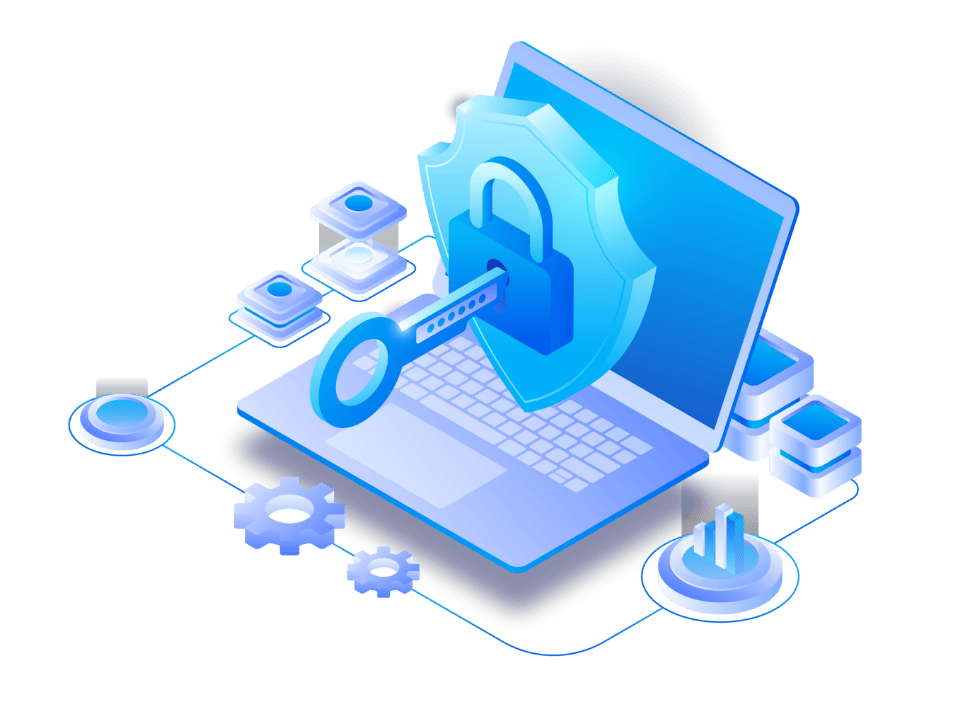Most CISOs and cybersecurity experts agree that one of the most complex challenges they face is to ensure that businesses can maximize the value of data without sacrificing control and compliance. In this whitepaper, we will explore how business owners can determine the right strategy that will help them balance data access with control.













